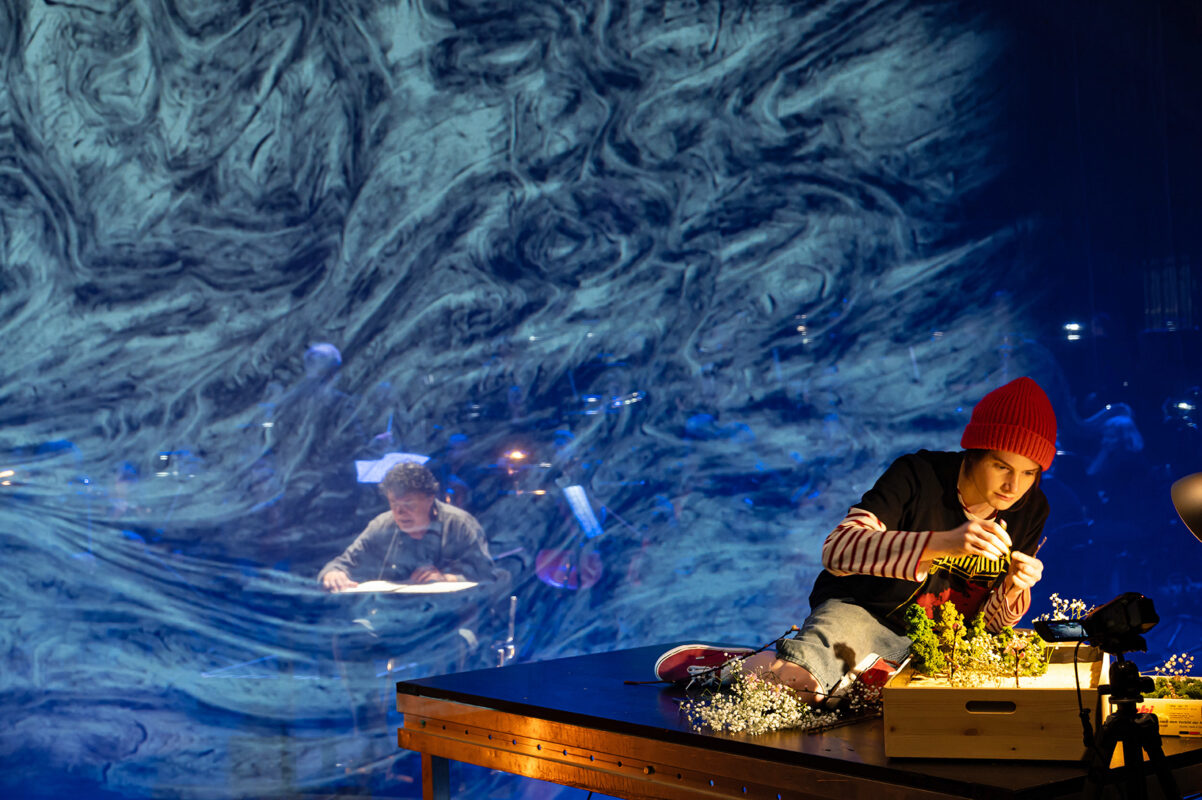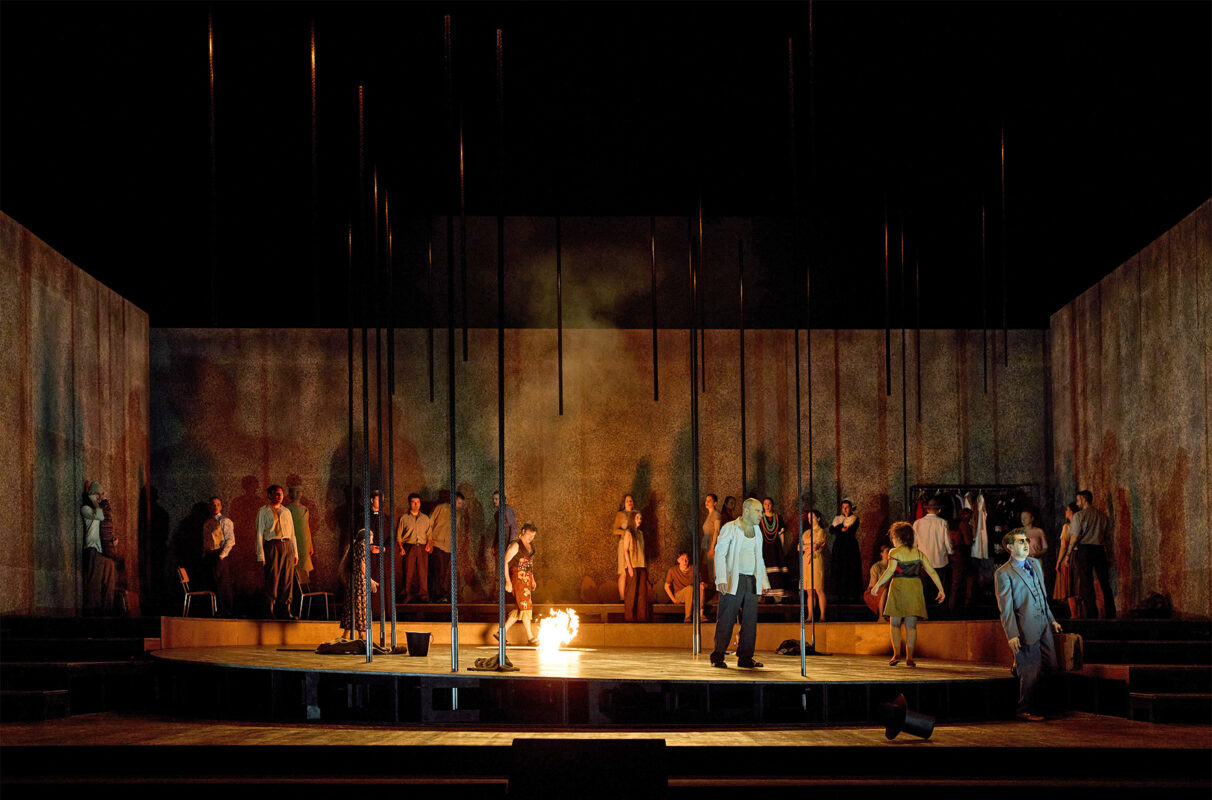Impact on Switzerland
It was the influence of Leipzig as a city of music that made local musical life flourish in the 19th century.

In 2018, Leipzig is celebrating a double anniversary: the Gewandhaus Orchestra, founded and financed by 16 young, free-spirited merchants in 1743, is 275 years old and the Conservatory, co-founded by Gewandhaus conductor Felix Mendelssohn Bartholdy in 1843, is 175 years old. As one of the first of its kind, the Leipzig Conservatory attracted talented artists from all over Europe, especially from Switzerland.
The local music scene, which only gradually awoke in the middle of the 19th century, would be hard to imagine without the music city of Leipzig. Formative Swiss musical personalities such as Friedrich Hegar and Hans Huber studied there. In this country, there was neither a courtly musical life nor generally accessible training opportunities for musicians. Hans Georg Nägeli had established the first public educational institution for talented musicians with his Singinstitut in Zurich in 1805. But those who wanted to make music their profession went to Leipzig.
Winterthur and Zurich
Interestingly, the first music student in Leipzig was Theodor Kirchner (1823-1903) from the Ore Mountains, who came to Winterthur a short time later on Mendelssohn's recommendation to take up the post of organist at the town church. Kirchner made the German Romantics known in Switzerland. He gave concerts himself in Winterthur and Zurich, worked as a music teacher and from 1862 was conductor of the subscription concerts of the Allgemeine Musik-Gesellschaft AMG Zurich.
Kirchner became friends with the young Johannes Brahms, whose music he actively promoted in Switzerland. He was also in close contact with Friedrich Hegar (1841-1927), the son of a German music teacher and piano dealer who had matured into a musician in Basel. Hegar also studied composition at the Leipzig Conservatory in the late 1850s and came to Zurich in 1863 at Kirchner's instigation as Kapellmeister of the Orchesterverein.
Friedrich Hegar built up Zurich's musical life on several levels: He not only conducted the Tonhalle Orchestra, but also worked as a conductor at the theater. He conducted several choirs, including the mixed choir, and was involved in the AMG. Thanks to Hegar and Kirchner, Johannes Brahms regularly came to the Tonhalle. Hegar also initiated the founding of a conservatory in Zurich in 1875, which he ran as director until 1914.
Basel, Aarau, Berne
The bourgeois concert scene was also active in Basel, where Clara Schumann, for example, gave regular concerts. In 1857, violinist Louis Abel (1835-1895) from Thuringia came to the city as concertmaster and principal violinist. He had previously studied violin in Leipzig with Ferdinand David, the concertmaster of the Gewandhaus Orchestra. Abel was also a gifted pedagogue and from 1860 to 1866 taught at the violin school founded by the Gemeinnützige Gesellschaft, the predecessor of the music school founded in Basel in 1867.
Eusebius Kaeslin (1835-1889), a native of St. Gallen, built up a lively concert life in Aarau. Before he went to Leipzig to study in 1854, he was taught by the St. Gallen collegiate organist. In Leipzig, he studied violin with Ferdinand David before becoming concertmaster of the Musikkollegium Winterthur.
In 1862, Kaeslin became organist at the Catholic church in Aarau and taught violin and piano at the music school, which he fundamentally reorganized in 1879. He developed his concert activities as conductor of the Aarau Cäcilienverein for many years. Thanks to his good contacts with the German music scene, he organized excellent concerts that attracted attention far beyond the canton's borders.
Karl Munzinger (1842-1911) from Solothurn, August Werner (1841-1900) from Geneva and Gustav Weber (1845-1887) from Bern formed a veritable Swiss clique at the Leipzig Conservatory. They met during their years of study together there from 1860 to 1863 and became lifelong friends. Karl Munzinger later left his mark on the entire musical life of Bern - as director of the Liedertafel, and from 1884 as conductor of the subscription concerts of the Musikgesellschaft and the Cäcilienverein.
Geneva and Basel again
At this time, the conductor and composer Carl Reinecke was a sought-after composition and piano teacher at the Leipzig Conservatory. He had been personally sponsored by Mendelssohn. Reinecke's large group of students included famous names such as Max Bruch, Edvard Grieg, Hugo Riemann, Ethel Smyth and Felix Weingartner, who later also worked in Basel as a famous conductor and conservatory director.
Reinecke was appointed Gewandhaus Kapellmeister in 1859 and as such was responsible for a rather conservative, classicist style of interpretation that was still strongly indebted to Mendelssohn and Schumann until 1895. As a composer, too, he was unmistakably oriented towards Mendelssohn, Schumann and Brahms.
The Geneva pianist August Werner was particularly encouraged by Reinecke; he was even his private pupil and performed as a pianist at the Gewandhaus in 1863. Back in Switzerland, Werner worked at the Geneva Conservatory and on the committee of the subscription concerts. Gustav Weber, for his part, made his career mainly in Zurich as director of the men's choir and the mixed choir and as a versatile organist at the Grossmünster.
The composer, pianist and conductor Hans Huber (1852-1921) played a decisive role in the flourishing of Basel's musical life at the end of the 19th century. Huber studied with Carl Reinecke in Leipzig from 1870 to 74 and became a piano teacher at the Basel General Music School, which he directed from 1896. As a respected composer with patriotic sentiments, he worked with Friedrich Hegar to found the Swiss Musicians' Association in 1900.
Huber also endeavored to improve the quality of professional musical training and founded the conservatory in Basel in 1905. His famous pupil Hermann Suter (1870-1926) also studied with the now very elderly Carl Reinecke in Leipzig, after which he worked as a choirmaster and conductor of the AMG symphony concerts in Basel. He also became one of the leading Swiss composers at the turn of the 20th century.
Sibylle Ehrismann
... is co-responsible for the artes-projekte, co-curator of the Gewandhaus anniversary exhibition 2018 "27,5 Köpfe erzählen die Gewandhausgeschichte".








